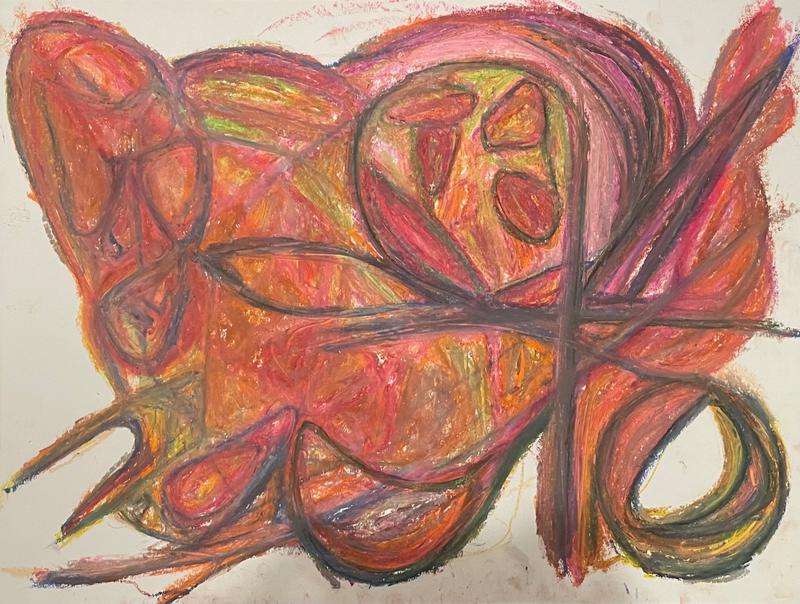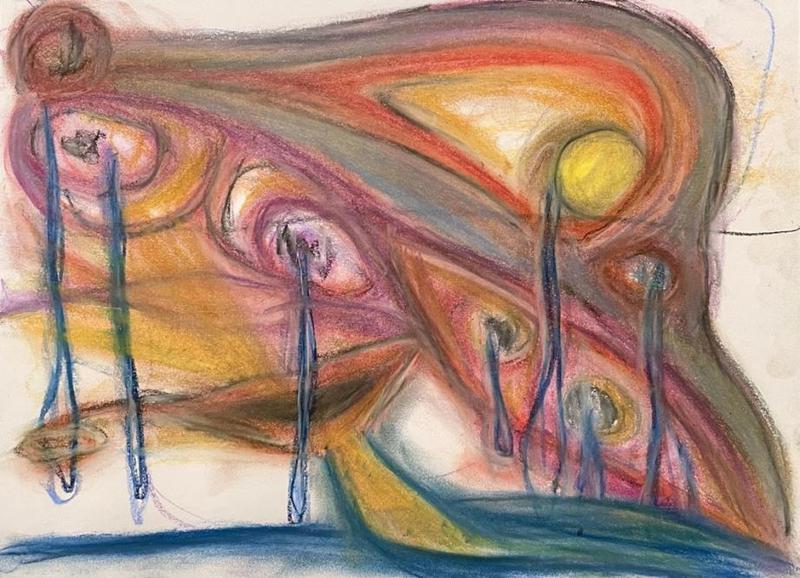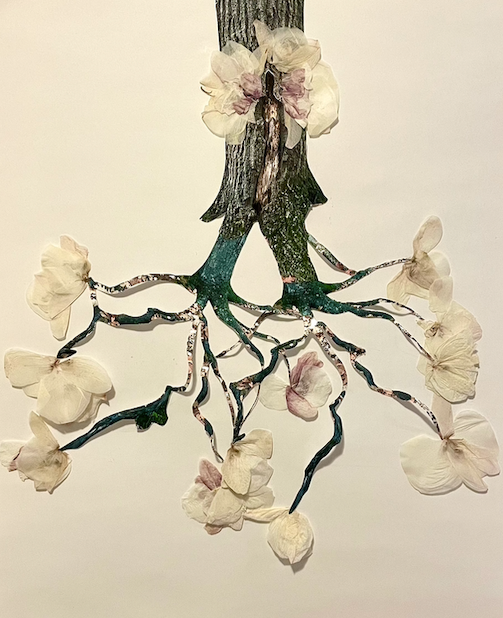Acceptance and Meaning Making for Adults with Prolonged Grief Disorder
This paper will outline group curriculum designed to work with adults aged 25-45 who have received a diagnosis of prolonged grief disorder (PGD). My goal is to offer a mindfulness and expressive arts-based educational and therapeutic experience to those struggling with prolonged grief in order to ultimately empower them to accept their losses so that they may find meaning and perhaps a changed relationship to their grief on the other side as they arrive in their own timing.



